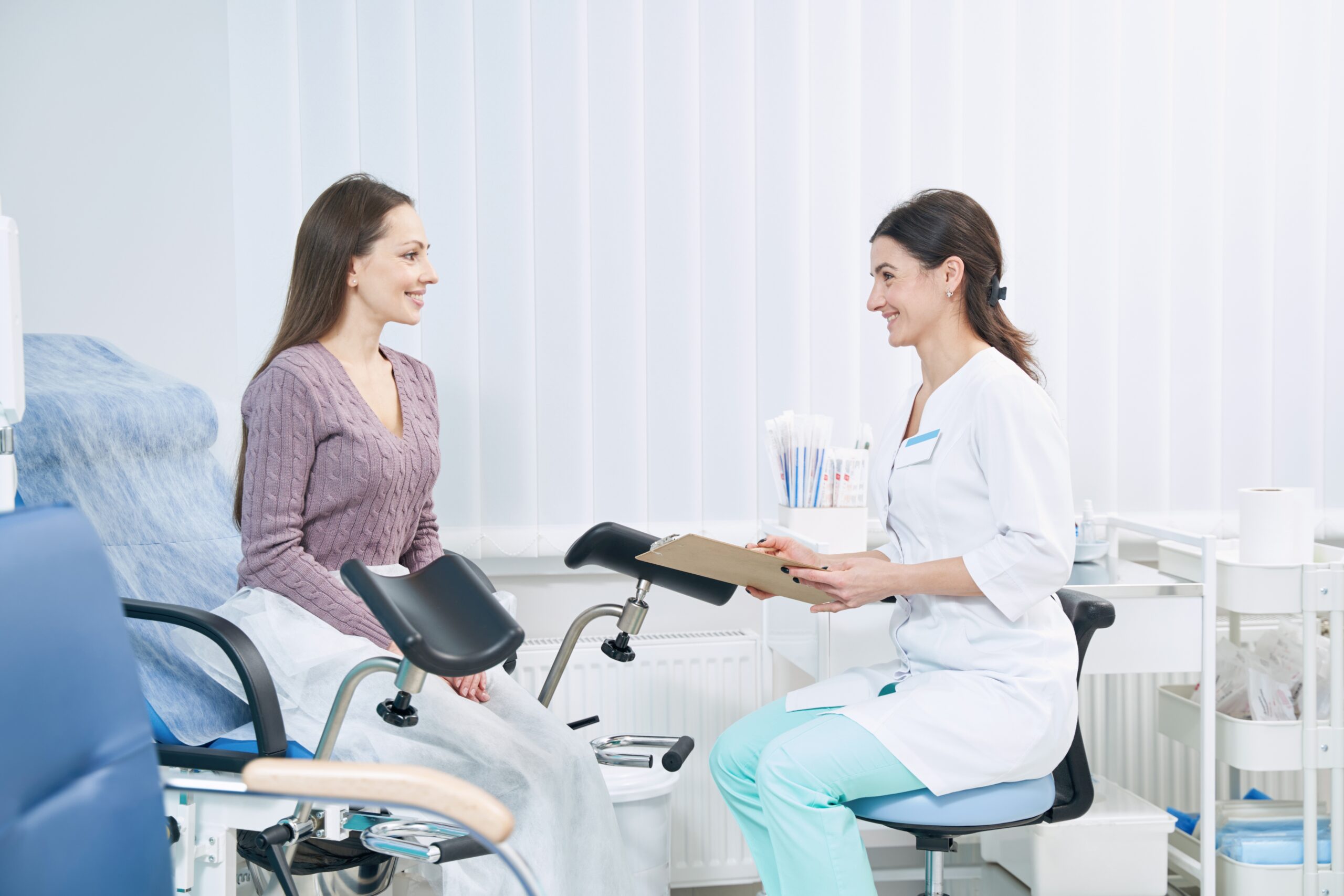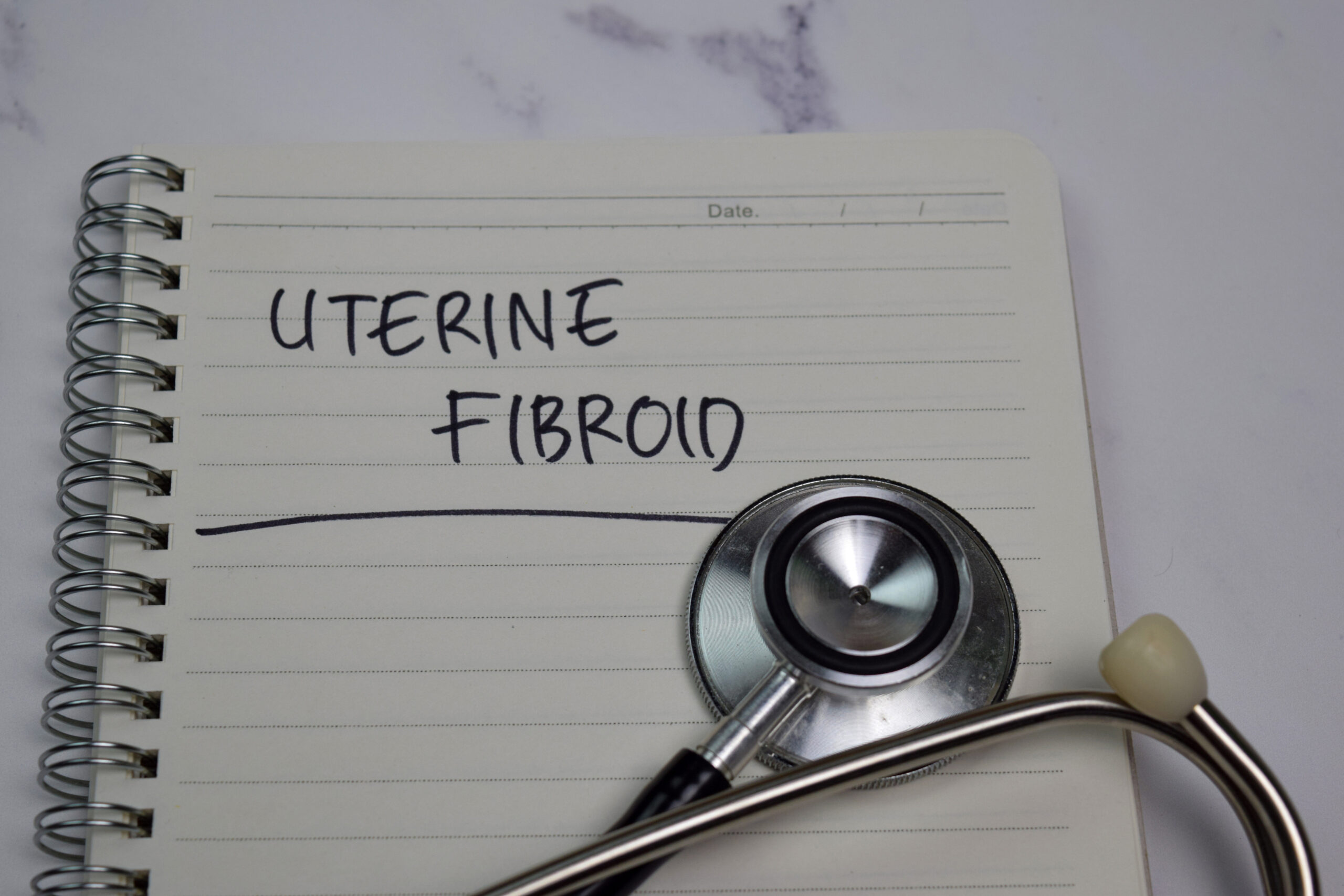We’re here to help you find the best method to treat your endometriosis.
Did you know that an estimated 1 in 10 women suffer from endometriosis worldwide?
Endometriosis occurs when tissue, similar to the tissue that lines the uterus, begins to grow outside of the uterus and onto areas of the body where it doesn’t belong.
Unfortunately, women with this condition often experience painful symptoms such as painful periods, pain during intercourse, fatigue, chronic pelvic pain, and even infertility.
Also, many diseases are associated with endometriosis such as irritable bowel syndrome, interstitial cystitis, hypothyroidism, fibromyalgia, rheumatoid arthritis, Lupus (SLE), and chronic fatigue syndrome.
If you are one of the 176 million woman affected by endometriosis, know that you do not have to suffer any longer!
Although there is still no cure for endometriosis, there are now several treatment options that can help you manage your condition.
With the right treatment, you can gain control of your endometriosis and stop living your life in pain! Below, we’ve outlined 11 treatment options that can help you control your endometriosis.
If you’re ready to kick your endo symptoms to the curb, be sure to see your doctor to determine which treatment is best for you. Here at Capital Women’s Care Ashburn, we’re happy to work with you to determine which treatment is best for you, and to continue working together to ensure you’re living your best, pain-free life.
1. Home Remedies
For mild endometriosis, some women find relief using over-the-counter pain relievers (such as NSAIDS) and applying warm compress to the pelvic region.
If these simple home remedies do not provide relief or treat your endometriosis sufficiently, you may then want to consider a more intensive treatment approach.
2. Hormonal Contraceptives
Hormonal birth control (such as pills, rings, or implants) is a treatment option for women who do not hope to get pregnant in the near future.
Hormonal contraceptives improve endo symptoms by helping regulate endometrial tissue build up.
As a result, women with endometriosis who take hormonal contraceptives often report shorter and lighter periods. Hormonal contraceptives can also prevent additional tissue growth from forming, but they are unable to reverse the tissue growth that has already occurred.
3. Progestin-only Contraceptives
Progestin-only contraceptives (such as IUD’s or injections) are another treatment option for woman not currently trying to get pregnant.
These contraceptives work by stopping your periods, which completely stops the growth of endometrial tissue for the time that you are on the contraceptive.
Like traditional contraceptives, Progestin-only contraceptives are able to prevent additional tissue from forming, but unable to shrink previous growths.
4. Gn-RH hormone agonists and antagonists
Gonodotropin-releasing hormone (Gn-RH) agonists and antagonists is another hormonal treatment option to treat your endometriosis.
This treatment works by blocking the hormones that cause endometrial tissue to form, decreasing estrogen, and stopping your period. Unlike hormonal birth controls, these drugs are actually able to shrink tissue growth that has already occurred.
Because Gn-RH hormone agonists and antagonists places your body in artificial menopause, a low dose of estrogen or progestin is often given during treatment to reduce side effects (i.e hot flashes, dryness).
After treatment is over (usually 3-6 months), your period and ability to get pregnant will return, but your endo symptoms should be less severe.
5. Danazol
Danazol is another drug that can suppress endometrial tissue growth and treat your endometriosis. Danazol works by blocking ovarian stimulating hormones and stopping your period.
Danazol is not a contraceptive, meaning that it does not prevent pregnancy. However, this drug may be harmful if a woman does become pregnant while taking the drug.
Because of this risk, as well as other side effects, Danazol is typically not the first choice for treatment.
6. Laparoscopic Resection of Endometriosis (peritoneal stripping) Surgery
If hormone therapy is ineffective, or if tissue build up spreads to other areas of the body, women may consider laparoscopic surgery to remove tissue build up and scarring.
Laparoscopic surgery is a relatively conservative surgical option that can improve pain and increase a woman’s chance of getting pregnant.
Dr. Hawa specializes in laparoscopic and other minimally invasive surgeries, so if you decide to go this route, know that you’ll be in great hands.
7. Get Pregnant! Naturally or through assisted reproductive technologies
Pregnancy is a natural ovarian suppressor for nine months, therefore it can naturally treat your endometriosis. With breast feeding, that can be two years of natural hormonal suppression!
If you have endometriosis and are trying to become pregnant, assisted reproductive technologies (such as in-vitro fertilization) may be an option to consider. This approach is often recommended for women who have undergone laparoscopic surgery and are still struggling to get pregnant. It may also be a good option for women who do not want to try further surgery.
8. Hysterectomy and Oophorectomy
In severe cases, hysterectomy and Oophorectomy surgeries can be done to remove the uterus and ovaries completely.
This surgery causes menopause indefinitely, so it is only used for woman who have have exhausted all other options and have no future plans for pregnancy.
9. Dietary Changes
If medications and surgery are not for you, or if conventional means have been unsuccessful, improving your diet may be something to consider.
Some experts claim that following an anti-inflammatory diet and avoiding foods high in estrogen can improve symptoms. While that research is not conclusive, what we do know is that women who eat lots of fruits, vegetables, and healthy fats are less likely to suffer from endometriosis.
Like all women, those with endometriosis should make sure they are eating a healthy diet and getting essential nutrients. Women with endometriosis may specifically benefit from eating a diet rich in Omega 3 fatty acids, Magnesium, and Iron. These nutrients may help control inflammation, decrease PMS symptoms, and restore nutrients lost through heavy bleeding.
10. Regular Exercise
Daily exercise is yet another natural lifestyle change for treating endometriosis. Regular exercise is beneficial for all women, but it may be especially beneficial for women with endometriosis for a few reasons.
First of all, when you exercise, your body releases feel good hormones (called endorphins) which act as natural pain killers. This can help reduce pain caused by endometriosis.
Second, exercising improves circulation and blood flow, which can help killer cramps.
Finally, regular exercise may help lower estrogen levels. Since high estrogen contributes to endometriosis, decreasing your estrogen levels through exercise may lessen symptoms.
11. Acupuncture
Finally, Acupuncture is another alternative treatment that may help endometriosis-related pain. A study done at Harvard Medical School suggests that Japanese-style acupuncture can help decrease pelvic pain in women with endometriosis.
Although the effectiveness of acupuncture is not conclusive, it may be an option to consider for women who want to manage their pain naturally.
Whether you’re trying to conceive, manage pain, or heal naturally, we hope this blog post has shown you that there is a treatment option there for you. At Capital Women’s Care Ashburn, we’re ready to work with you to develop the perfect care plan for you!
For more resources on how to treat your endometriosis and more, check out these links:
https://www.mayoclinic.org/diseases-conditions/endometriosis/symptoms-causes/syc-20354656






1 thought on “11 Ways To Treat Your Endometriosis”
Thank you so much for your kind words! We do our best to stay up-to-date on topics that are most relevant to contemporary females. Much of our topic inspiration comes from common concerns we hear from patients and our social media followers. To stay in the loop, we encourage you to check out our social media pages as well!
https://twitter.com/CWCashburn
https://www.linkedin.com/company/capital-womens-care-ashburn/
https://www.instagram.com/cwcashburn/
https://www.facebook.com/CWCAshburn/